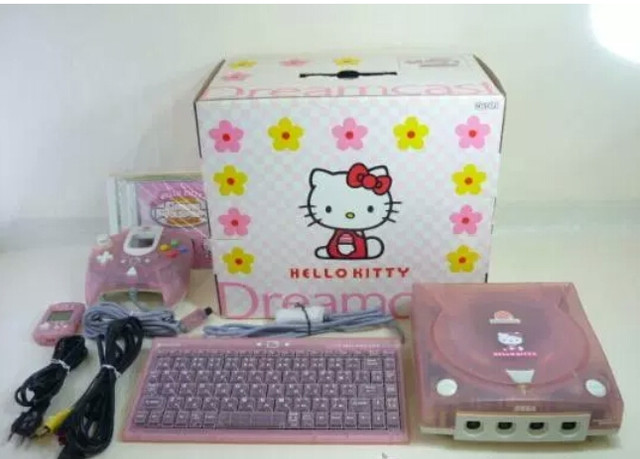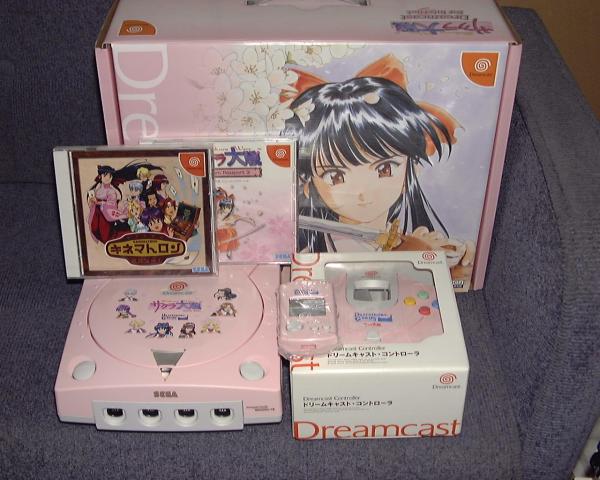Silent-Hunter
Hardcore Member
- Joined
- May 29, 2010
- Messages
- 3,485
Question, what are the consequences of disabling self-refresh on the RAM? Does the CPU have to tell it to refresh every time or something?
I'm fine, just curious is all.Notaz and Tony are working hard on it... relax.



Question, what are the consequences of disabling self-refresh on the RAM? Does the CPU have to tell it to refresh every time or something?
Awesome. According to Askarus, the Pyra already lasts something like 10 hours of normal use. So that probably won't change much, just how long it lasts when it's idle and not being used.From what I understand the main consequence of disabling self-refresh is power consumption. I can't say for certain how much, so that's something ED will have to test. Assuming we still have decently long battery life, it's probably a compromise worth making at this point in the project.
Further reading suggests that it's probably going to only affect power usage in idle. So regular use might not be affected.
Awesome. According to Askarus, the Pyra already lasts something like 10 hours of normal use. So that probably won't change much, just how long it lasts when it's idle and not being used.
I think that the self refresh is just a small part of the power saving. The dynamic CPU frequency adjustment and the dimming of the display should contribute much more. I do not know, if low level stuff like Smart Reflex is implemented in the current pyra kernel yet. The other stuff should be possible to enable and to implement so I would not worry about thatI'm more concerned about idle and power saving.
That's a real issue.
The only options I have right now is to either turn off the Pyra or turn off the display. It's annoying if I forget to turn it off and it's empty the other day.
What's the downside of turning off the DLL instead of the Power refresh.
As I know TI could in theory provide support for the memory but the project is too small and so the support would too expensive. As ED said, there are other companies available, who are specialized in fixing RAM issues, but again the price tag for the service is the problem.Hmm. Sounds like mixed news on the mailing list. Good that we think we're narrowing it down, bad that we're going to have to choose the lesser of two undesirable options to make it work. This makes me wonder if it isn't an issue that's internal to the hardware. I suppose the chances of having TI look to determine if there's a hardware issue with the design of their boards are probably slim. (Or at least advise on the selection of a workaround.)
Regarding refresh (and not knowing much about it) I was wondering if anybody can tell me if this Wikipedia article is relevant to the discussion. Link: https://en.m.wikipedia.org/wiki/Memory_refresh
If so, that makes it sound like you need the memory refresh to avoid data loss. But from what I've read on the mailing list, it sounds like they could also be talking about something else.
Anyways, I'm glad we're making progress on debugging this. I'm curious to see how this all shakes out.
Yes, as far as I grok the term, that's what they're talking about. Given manufacturers can't guarantee the consistency of data after a few milliseconds, I'd expect a computer that wasn't actually refreshing it's ram at all wouldn't survive a boot, especially if there's a bootloader that waits a second or two before choosing an image to load, so the system must still be refreshing its RAM somehow. It may even be more performant to refresh the RAM using the kernel to do it rather than letting the RAM chips do it themselves, because then you can tune how often it happens, and it's possible the CPU triggering a refresh of a few rows will use less additional battery charge compared to what the RAM would use doing the same, or maybe it's something the MMU does itself.Regarding refresh (and not knowing much about it) I was wondering if anybody can tell me if this Wikipedia article is relevant to the discussion. Link: https://en.m.wikipedia.org/wiki/Memory_refresh
If so, that makes it sound like you need the memory refresh to avoid data loss. But from what I've read on the mailing list, it sounds like they could also be talking about something else.
> - shoulder buttons are barely usable (tend to get stuck pressed)
The case is not a final one. I'll tweak the buttons together with the
new company once we've switched the molds.
I'd say, for that the RAM chips must be buggy first. Or a compatibility issue in hardware. Otherwise one should ever strive for utilizing the beneficial features given.If the ram-refresh needs to be done by the cpu finally, we may could use one of the M4 cores to save power.

